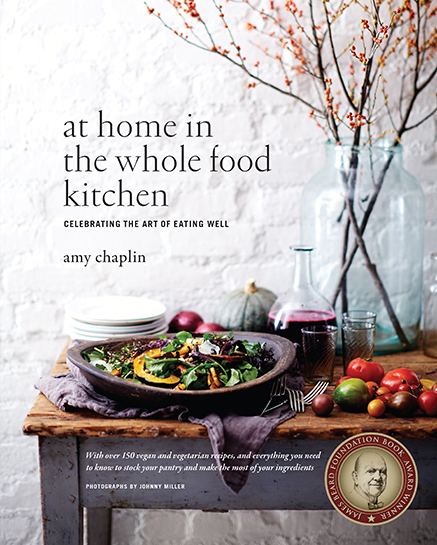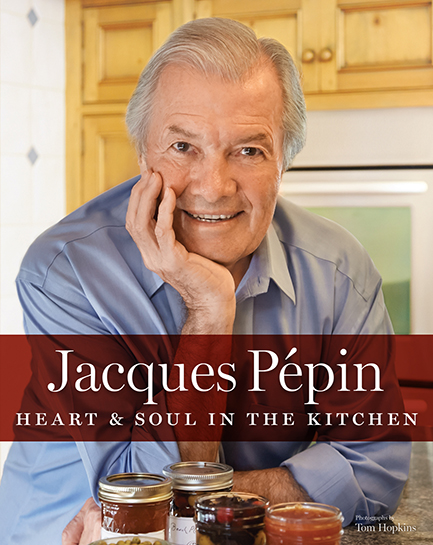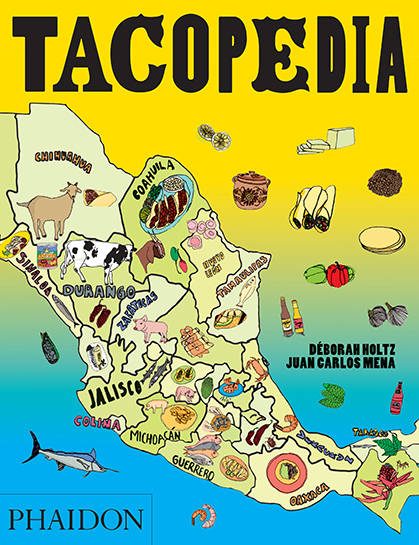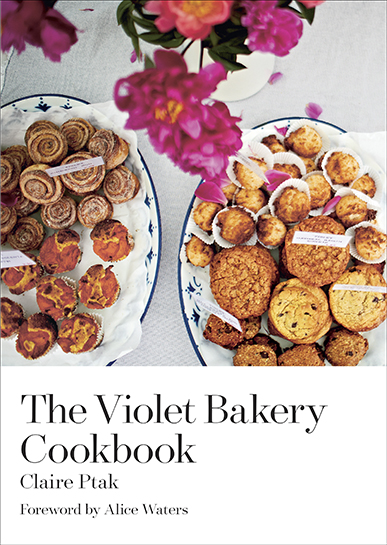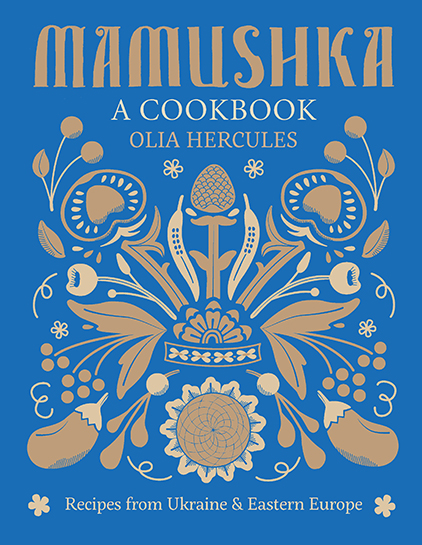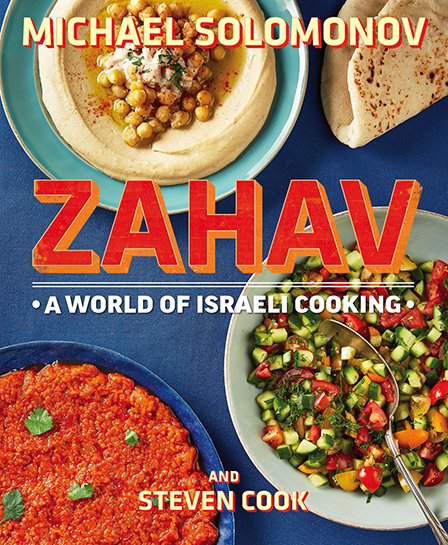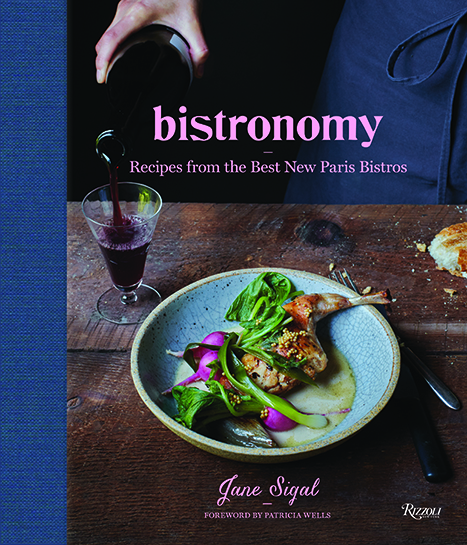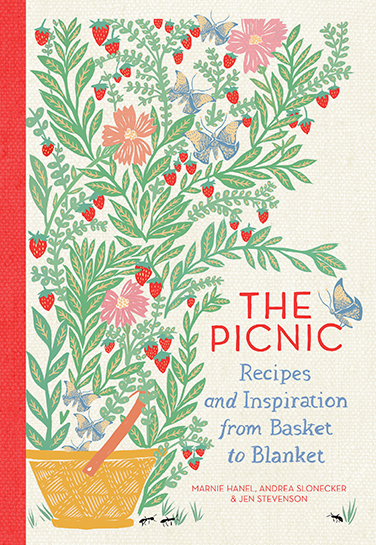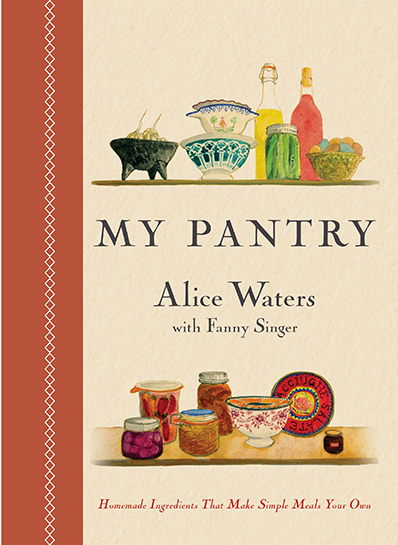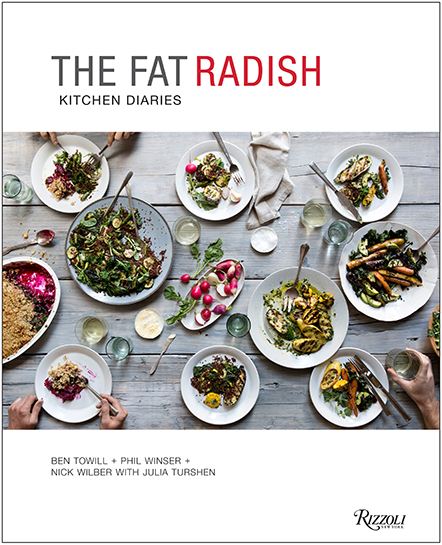2015’s ten most notable cookbooks
Passion. Tragedy. Soul baring. And we're talking cookbooks. Over the past few years, the "back story" has become more present in cookbooks. Yet whatever else the authors of these cookbooks share, they have one thing in common: the ability to create great recipes. Some are authored by chefs or cooks who tell of their life stories in intimate detail. Others reflect passion about a single topic or the journey. And yet others are simple and touching in the way they celebrate an occasion or part of a cooking routine made sacred.
In the Eastern European cookbook "Mamushka," Olia Hercules tells of her uncle's quince tree, the crimson poppy fields and "glistening gold of sunflowers" in the Ukraine. Michael Solomonov's "Zahav" begins with the telling of a family tragedy. Even Jacques Pépin reflects with melancholy on having to sell his apartment in Mexico due to his advancing age. The pages of "Tacopedia" reflect an all-out quest to capture the regional recipes, cooking practices and language of Mexico's vast taco culture. Even the more quaint themes of pantry items and picnics have a sensitivity and loveliness.
When a great gourmand speaks, taste and sensuality come through, whatever the subject matter. No matter the region or picnic blanket, country stove or cupboard these recipes originated, they are brought closer to us with greater intimacy.
1. "At Home in the Whole Food Kitchen," by Amy Chaplin, Roost Books, $40.00
Nutritious food has become more appealing to the palate. Great vegetarian cookbooks, however, don't come around that often. Just consider the uneclipsed appeal of the "Moosewood" (1974) and "Enchanted Broccoli Forest" (1982) cookbooks. The recipes from this year's James Beard award winner bring together elements from the natural foods movement and draw on Amy Chaplin's experience as chef at New York City's Angelica Kitchen, a place known for its changing, innovative daily menu. At base, she adheres to many of the gentle macrobiotic practices for handling grains, beans and sea vegetables. Still, there's a talent that rises above her training and influences. She instructs how to stay in a rhythm of preparing meals that don’t exclude scrumptious naturally sweetened deserts.
2. “Jacques Pépin: Heart & Soul in the Kitchen,” by Jacques Pépin, Houghton Mifflin Harcourt, $35.00
For many, Jacques Pépin is the personal friend we've never met. He's guided us through many formative culinary adventures. He insists on careful preparation but not expensive or hard-to-find ingredients. His latest cookbook is relaxed elegance with pico de gallo and other Mexican and Asian influences showing up in a number of recipes. You might never make the duck liver mousse with apples, and alas, despite his rich New England experience, there's no lobster recipe in this volume. But his seafood recipes are still a big draw and will get you out of any culinary doldrums. The broiled salmon with miso glaze is to swoon over and the Hanoi chicken soup might just become your new cure-all.
3. “Tacopedia,” by Deborah Holtz and Juan Carlos Mena, Phaidon, $29.95
At first glance, "Tacopedia" might look like a book for short attention spans. There are multiple typefaces, campy illustrations and street-style photos that suggest table manners need not apply. In reality it's a lively tome on Mexican taco culture. Its visual impact--it's printed on boldly colored construction-type paper, with a vinyl cover--does not detract from its purpose. "Tacopedia" is a compendium of stories, vivid descriptions, expressions and lore of Mexico's varied taco varieties and cooking practices. You couldn't expect less from two fanatics who spent four years at this. There are 19 variations of tacos and taco "offsprings" such as quesadillas and enchiladas. It's the cultural exploration that informs you of the taste more than the recipes, of which there are over 100.
4. "The Violet Bakery Cookbook, by Claire Ptak," Ten Speed Press, $29.99
This sweet tooth favorite reminds me of the I Ching oracle. Whatever page the book opens to, there seems to be a recipe destined to be made, the one just right for the occasion. Even though these London bakery recipes appear in sections identified by different times of the day, once you get past the morning, the time seems superfluous, be it for oatmeal and candied peel cookies or olive oil sweet wine cake. Or it might just be that your easily tantalized, wandering palate leads you to the cheddar and green onion toastie with quince jelly or to the squash, brown butter, and sage quiche. Of added note: rye, kamut and buckwheat flours play an ingenious role in several cookie and scone recipes.
5. “Mamushka: Recipes from Ukraine and Eastern Europe,” by Olia Hercules, Weldon Owen, $35.00
Olia Hercules' recipes may take you beyond your notions of what Eastern European cooking offers. And it's no wonder. Her family history, she has said, spans from "Siberia to Azerbaijan." That's a lot of relatively unexplored culinary territory. What's been missing is revealed in the details and ingredients we might not have associated with Eastern European cooking. A Spicy Georgian beef soup, for instance, is topped off with saffron, pomegranate molasses and crushed chiles. A Moldovan polenta has pork belly and sheep's milk, and an Armenian soup has lamb and prune meatballs. The soups and stews are the gems of this book, but there are surprises throughout. The curd cheese patties in maple sauce are wonderful and so is the naturally sweetened fruit punch. But be watchful of an occasional recipe glitch. In an otherwise great potato pancake recipe, the missing step to extract excess water could derail the inexperienced.
6. “Zahav: A World of Israeli Cooking,” by Michael Solomonov and Steven Cook, Houghton Mifflin Harcourt, $35.00
If there's a fifth taste for Middle Easterners it might be tahini. Or as Chef Solomonov explained it recently on NPR: "It's the Israeli mother sauce. It's the bitter, the sweet, the rich. It's used for savory, for sweet, it's eaten by itself. If you're me, you eat it out of the jar." A decade ago Israeli cooking was barely a cuisine of its own apart from the rest of the Middle East. Perhaps it just took time to meld the many European, Russian, African and Middle Eastern influences. The chef at an immensely popular Philadelphia restaurant bearing this cookbook's name, Solomonov wisely provides a foothold in the familiar for those new to the cuisine. Matzo ball soup shares a chapter with Yemenite beef soup. A challah recipe is followed by laffa and pita, and Mom's coffee-braised brisket is in the same chapter as Shakshouka.
7. "Bistronomy: Recipes from the Best New Paris Bistros," Jane Sigal, Rizzoli, $39.95
Spoiler alert: The recipes are not the French "classics." They rely on spontaneity and the availability of ingredients at their peak. They change and evolve sometimes according to whim, but most often they remain recipes-in-progress outside the realm of traditional French dining. Their brilliance rests on technique and fine-tuned intuition. While these young bistro chefs have the autonomy to tweak as they go, the elegance of these recipes seem to rely on the careful introduction of each ingredient. There’s still that great French love for butter, but grapeseed and olive oils are used exclusively in many recipes. This new generation of bistro chefs has found a way to create vibrant dishes while hewing to the dictates of a dull economy. Their kitchens are tiny, waitstaff minimal, and the mise en scène unstuffy with refreshing gaiety. The author has in-depth knowledge of French culinary traditions, and has carefully adopted these recipes for the home cook.
8. "The Picnic: Recipes and Inspiration from Basket to Blanket," by Marnie Hanel, Andrea Slonecker, and Jen Stevenson, Artisan, $19.95
Don't be fooled by the quaintness of this spring favorite. What might seem common is uncommonly delightful and transformed, like any of the varieties of salad on a stick, or rainbow carrots in smoky paprika vinaigrette, beet hummus, or smoky tea-brined fried chicken. There's no wrong way to picnic but there are stellar enhancements such as any one of the dozen deviled egg recipes. There's one ingenious little recipe after another, complimented by themed menu suggestions such as Flamenco Feast and Herbivore's Hootenanny. The picnic can be an epicurean delight sized to any desired proportion. The lovely illustrations work not to impose expectations or perfection in your preparations. Great picnicking know-how is also offered.
9. "Vermont Country Store Cookbook: Recipes, History, and Lore from the Classic American General Store," by Ellen Ecker Ogden and Andrea Diehl with The Orton Family, Grand Central Life & Style, $30
It's heavy on nostalgia, as in gingerbread, fruitcake and coffee-can brown bread. The emphasis isn't just on how simple life used to be, but how simple it can be. The Farmhouse Whole Wheat Honey Bread, German cocoa rye bread, and curried asparagus soup are unpretentious treats. Nostalgia hasn't been an ingredient, to this extent, in most modern cookbooks, so one might forget how good Yankee cod cakes, smoked trout salad with horseradish dressing, or roast duck with wild plum sauce can taste. Mind you, the "Lumberjack Granola" might satisfy a Vermont backwoodsman, but its origin is more Vermont commune than country general store.
10. "My Pantry: Homemade Ingredients That Make Simple Meals Your Own," by Alice Waters, Pam Krauss Books, $24.99
Many fear that if they start making their own ricotta, red wine vinegar, vanilla extract, sardines escabeche or gravlax from scratch, no store-bought bottled, canned or packaged equivalents will ever again do. Along with these "pantry ingredient” recipes, there are others for which there may be no easy-to-find store equivalents, such as hummus with preserved lemon, or zucchini in brine. These specialty and seasonal recipes from the high priestess of California and sustainable cuisine may be kitchen staples of high order, but the recipes are not ornate. Like syllables in a haiku, each ingredient is purposeful and in careful balance with the others--offering, as Alice Waters says, "economy and simplicity." There are a smattering of whole grain recipes. Appetizers, like pickled wild mushroom and white bean crostini enhance the collection.
Rachel Ellner is a food and lifestyle reporter. Her last story for the Nashua Telegraph was on vegan and vegetarian cookbooks. She is author of the ebook “10 Superb Granola Recipes," available on Amazon.com.
